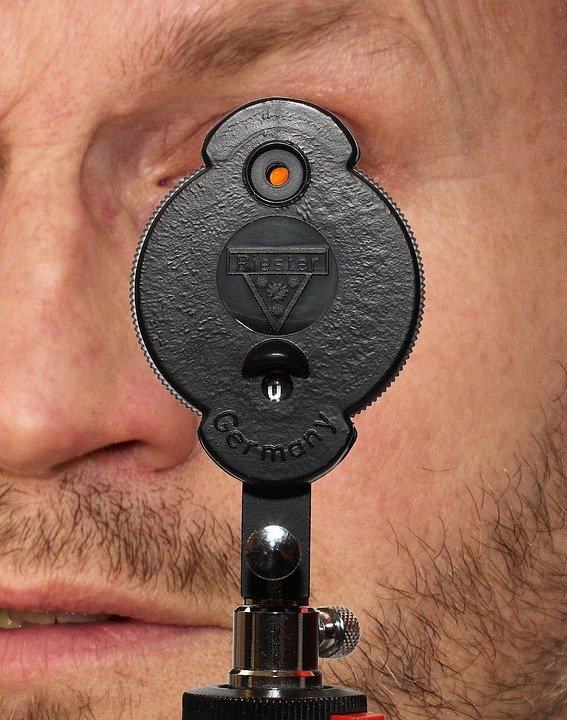
Retinopathy is a medical term used to describe damage to the retina of the eye. The retina is a thin layer of tissue that lines the back of the eye and is responsible for converting light into signals that are sent to the brain, allowing us to see. Retinopathy can occur as a result of various underlying health conditions and can lead to vision loss if left untreated.
There are several different types of retinopathy, each with its own set of causes and symptoms. The most common types of retinopathy include diabetic retinopathy, hypertensive retinopathy, and retinopathy of prematurity.

Diabetic retinopathy is a complication of diabetes that occurs when high levels of blood sugar damage the blood vessels in the retina. Over time, this can lead to the formation of new, abnormal blood vessels that can leak blood and fluid into the eye, causing vision problems. Symptoms of diabetic retinopathy may include blurred vision, floaters (spots in the vision), and difficulty seeing at night.
Hypertensive retinopathy is a condition that occurs when high blood pressure causes damage to the blood vessels in the retina. This can lead to narrowing of the blood vessels, bleeding in the eye, and swelling of the optic nerve. Symptoms of hypertensive retinopathy may include vision changes, headaches, and eye pain.

Retinopathy of prematurity is a condition that affects premature infants who have not fully developed the blood vessels in their retinas. This can lead to abnormal blood vessel growth, which can cause scarring and retinal detachment. Symptoms of retinopathy of prematurity may include crossed eyes, poor vision, and eye movement abnormalities.
Regardless of the type of retinopathy, it is important to understand the underlying causes and risk factors that can contribute to the development of this condition. Some common risk factors for retinopathy include:

– Diabetes: Individuals with diabetes are at an increased risk for developing diabetic retinopathy due to the damage high blood sugar levels can cause to the blood vessels in the retina.
– High blood pressure: Hypertension can damage the blood vessels in the retina, leading to hypertensive retinopathy.
– Premature birth: Babies born prematurely are at a higher risk for developing retinopathy of prematurity due to the incomplete development of their retinas.
– Age: As we age, the blood vessels in the retina can become weaker and more prone to damage, increasing the risk of retinopathy.
– Smoking: Smoking can damage the blood vessels throughout the body, including those in the retina, increasing the risk of retinopathy.
If you are experiencing any symptoms of retinopathy or have any of the risk factors mentioned above, it is important to see an eye care professional for a comprehensive eye exam. Early detection and treatment of retinopathy can help prevent vision loss and preserve your eye health.
Treatment for retinopathy will depend on the underlying cause and severity of the condition. Some common treatments for retinopathy may include laser therapy to seal leaking blood vessels, medication injections to reduce swelling, and surgery to repair retinal detachment.
In conclusion, retinopathy is a serious condition that can lead to vision loss if left untreated. Understanding the causes and symptoms of retinopathy is essential for early detection and treatment. If you are at risk for retinopathy or are experiencing any vision changes, it is important to see an eye care professional for a comprehensive eye exam. By taking proactive steps to protect your eye health, you can help preserve your vision and maintain a high quality of life.

Discover more from Bibliobazar Digi Books
Subscribe to get the latest posts sent to your email.


